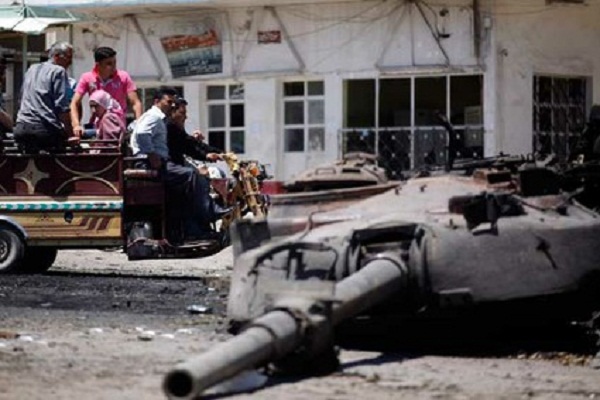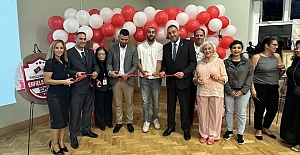The recent events in Syria are a revolt, which is comprised of the broad historical background and a social structure that emerged out of the so-called ‘Arab Spring’. In order to understand the full extent of these events, the process of establishment of the Syrian Government, ethnic diversity and the structure of the state have to be examined. Turkey is interested in the Syrian territory, both in terms of the border neighborhood and of the ethnic groups. Syria is a country that had been ruled for centuries by the Seljuk and Ottoman Turks. Today, it is also a border country of the Turkish Republic, with which it shares its longest border. In addition, the Kurdish problem is also of interest to Turkey, which is one of the country’s current problems, especially in terms of the Turkmen[1] population. In Syria, there are the Arab Alevis, Sunni Arabs, Kurds, Druze, Armenians and Turkmens, which can be considered as a relic inherited from the Ottoman Empire, which have had a plurality under Assad’s regime.
Seen in the light of history of Imperialism, the uncertain route of Syria for the moment is an indicator of a new ethnic based structure. However, if the massacres are taken into account, it is obvious that this process will be really bloody. In order to understand Syria’s current path, the political structure and the contemporary history of Syria have to be analyzed. The foundation of the current Syrian structure is based on the French mandate after the First World War. During the French Mandate period, for administrative purposes, France divided the country into ethnically based regions and granted them autonomy. When France desisted, it constituted an army based on these ethnic grounds. The Baath Party cadres, which rule Syria today, emerged based on the organizational principals of this army. During the independence struggle of Syria, the Arab Alevis were in power, which sowed the seeds of what is called as Ba’athism. The ‘Levant Special Force’ founded by the French in Syria was created by the Arab Alevis, the Druze, and a small group of the Sunni population living in rural areas. Searching for a common identity in this army had been the common denominator of Ba’athism.
Emre Kartal, postgraduate student at the Department of International Relations at Yıldırım Beyazıt University
Kartal, Emre (October, 2012), “The Route of Syria and Turkmens”, Vol. I, Issue 8, pp.18-19, Centre for Policy Analysis and Research on Turkey (ResearchTurkey), London, ResearchTurkey. (http://researchturkey.org/?p=1990)
[1] The Syrian Turkmen are an ethnic minority of Oghuz Turkish descent living in Syria (e.n.)
The full version of this article please click: http://researchturkey.org/?p=1990


 Enfield Labour welcomes new court order to stop antisocial behaviour in Edmonton Green
Enfield Labour welcomes new court order to stop antisocial behaviour in Edmonton Green David Lammy arrives in Downing Street after becoming deputy prime minister
David Lammy arrives in Downing Street after becoming deputy prime minister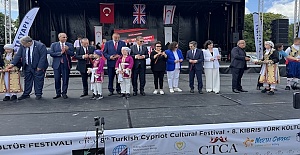 CTCA UK Condemns the Political Forcing Out of Afzal Khan MP for Engaging with Turkish Cypriots
CTCA UK Condemns the Political Forcing Out of Afzal Khan MP for Engaging with Turkish Cypriots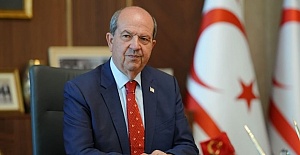 Tatar: “Reaction to MP’s TRNC visit is yet another stark example of the Greek Cypriot leadership’s primitive and domineering mentality”
Tatar: “Reaction to MP’s TRNC visit is yet another stark example of the Greek Cypriot leadership’s primitive and domineering mentality” Latest! Israeli navy intercepts Global Sumud Flotilla as it approaches Gaza to break siege
Latest! Israeli navy intercepts Global Sumud Flotilla as it approaches Gaza to break siege Enfield Labour Calls for Public Feedback on Crime and Safety Concerns
Enfield Labour Calls for Public Feedback on Crime and Safety Concerns Important Travel Updates: London Underground and DLR Strike Action
Important Travel Updates: London Underground and DLR Strike Action Team Enfield ranks fifteenth the in London Youth Games
Team Enfield ranks fifteenth the in London Youth Games Champions League, Liverpool lose at Galatasaray
Champions League, Liverpool lose at Galatasaray Liverpool flew out for their Champions League match against Galatasaray
Liverpool flew out for their Champions League match against Galatasaray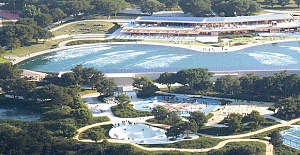 Enfield Council has approved plans for Surf London
Enfield Council has approved plans for Surf London Zlatan Ibrahimović receives UEFA President’s Award
Zlatan Ibrahimović receives UEFA President’s Award Maritime Finance and Sustainability Take Centre Stage at LISW25 Gala Dinner
Maritime Finance and Sustainability Take Centre Stage at LISW25 Gala Dinner London welcomes traders back to the reopened Seven Sisters Market
London welcomes traders back to the reopened Seven Sisters Market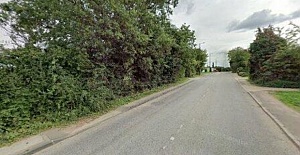 Enfield’s Crews Hill and Chase Park shortlisted for potential New Town
Enfield’s Crews Hill and Chase Park shortlisted for potential New Town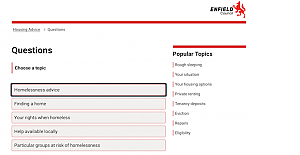 Important milestone achieved with no hotel placements for temporary accommodation
Important milestone achieved with no hotel placements for temporary accommodation





